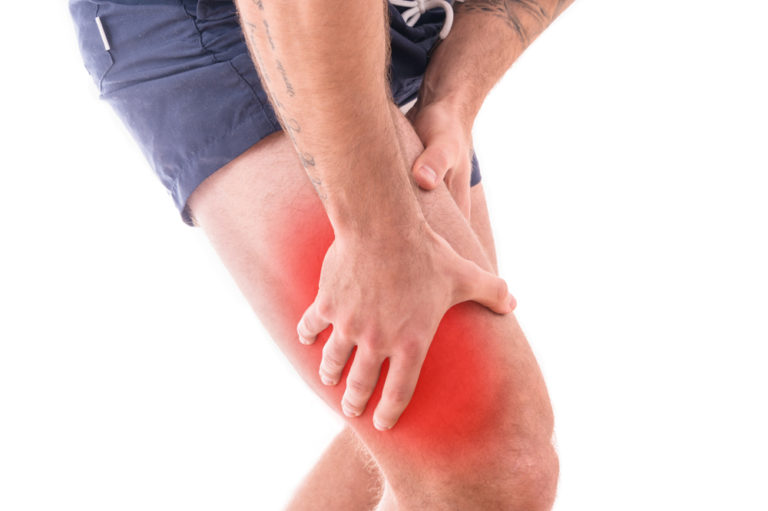Out Of This World Info About How To Treat Sprains And Strains

Prevention overview if you’ve ever tried to define sprains and strains but can’t quite identify the difference between the two, you’re not alone.
How to treat sprains and strains. The most common location for a sprain is in your ankle. Immediate treatment of sprains or strains includes protection, relative rest (for example avoiding activities that significantly increase your pain but otherwise remaining gently active), ice, compression and elevation. People can often treat sprains and strains at home.
About 2 million people alone sprain their ankle. Sprain and strain (muscle tear) muscle and tendon strains and ligament sprains send millions of people to the doctor each year. Fortunately, there are proven ways of dealing with sprains.
Even if you're seeking medical help, ice the area immediately. Ice — apply a cold compress or ice pack for 15 minutes. These two terms are often used interchangeably.
For mild sprains and strains, you can take action at home in the first 24 to 48 hours to ease your symptoms and help the healing process. Sprains and strains cause pain and loss of range of motion. How would a suspected sprain be treated?
First aid treatment after a sprain or strain injury includes the following. Treatment for sprains and strains include rest, ice, compression, and elevation (r.i.c.e) as well as crutches, physical therapy, and surgery. These injuries can occur anywhere in the body.
Sprains can range from mildly inconvenient to extremely painful. You can treat sprains and strains at home using a strategy known as rice, which stands for: Rest the affected joint or limb by using it sparingly—for example, stay off an injured ankle or leg—and take a break from physical activity.
Ice the injury with cold packs for 20 minutes several times per day. What’s the difference and how to prevent them, according to physical therapists. Surgery may be performed for severe tears in.
Sprains and strains treatment 1. Avoid activities that cause pain, swelling or discomfort. You can recover fully in weeks or months if you are unlucky.
Try and cool the area by putting an ice pack, or a bag of frozen vegetables wrapped in a tea towel against the injury. But there are also wrist sprains, back strains, acl tears, and any number of other sprains and strains. Initial treatment includes rest, ice, compression and elevation.
A sprain is an overstretched, torn, or twisted ligament. At first, treatment of both sprains and strains usually involves resting the injured area, icing it, wearing a bandage or device that compresses the area, and medicines. This can help to reduce the swelling, pain and bruising.


















